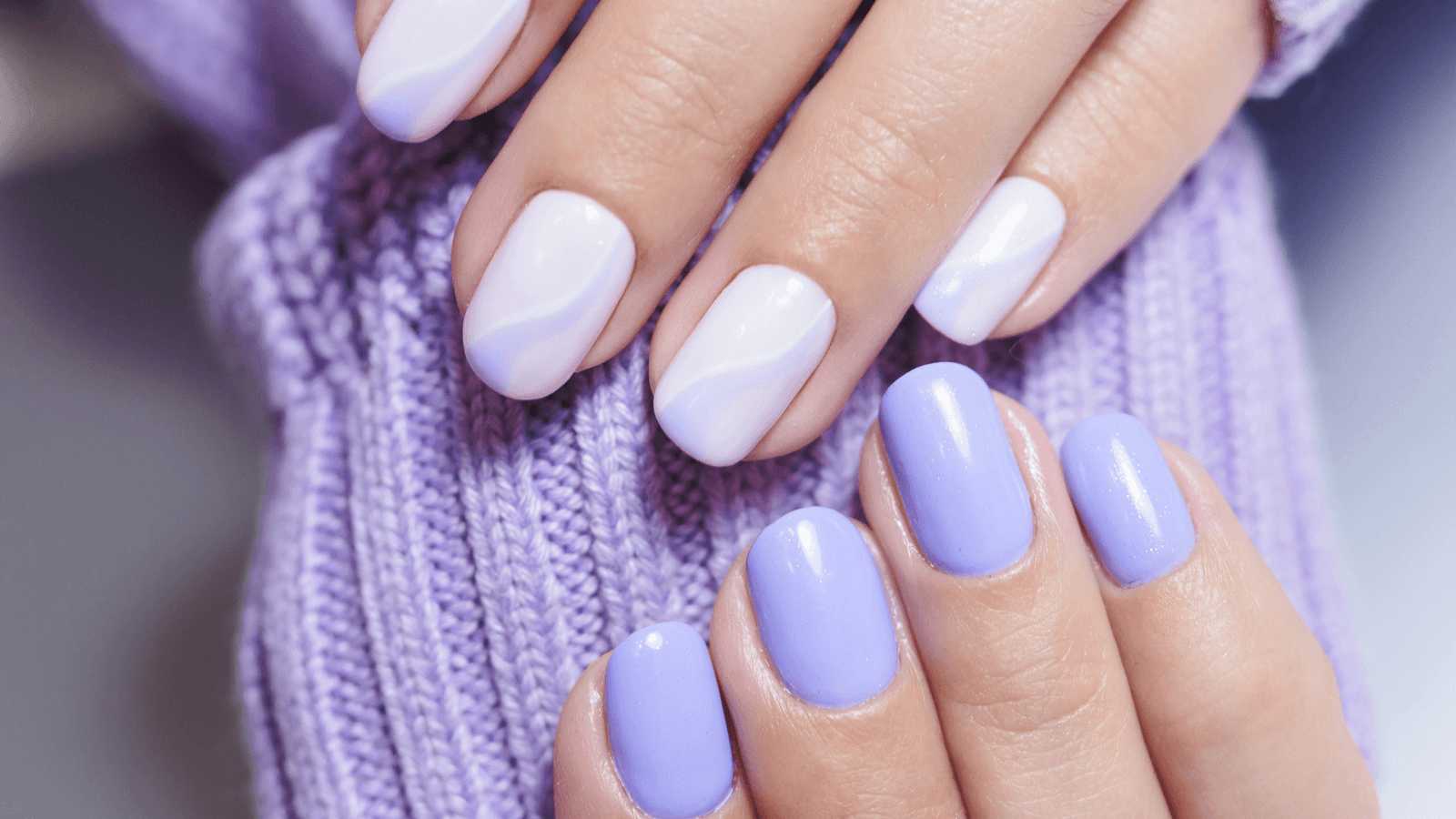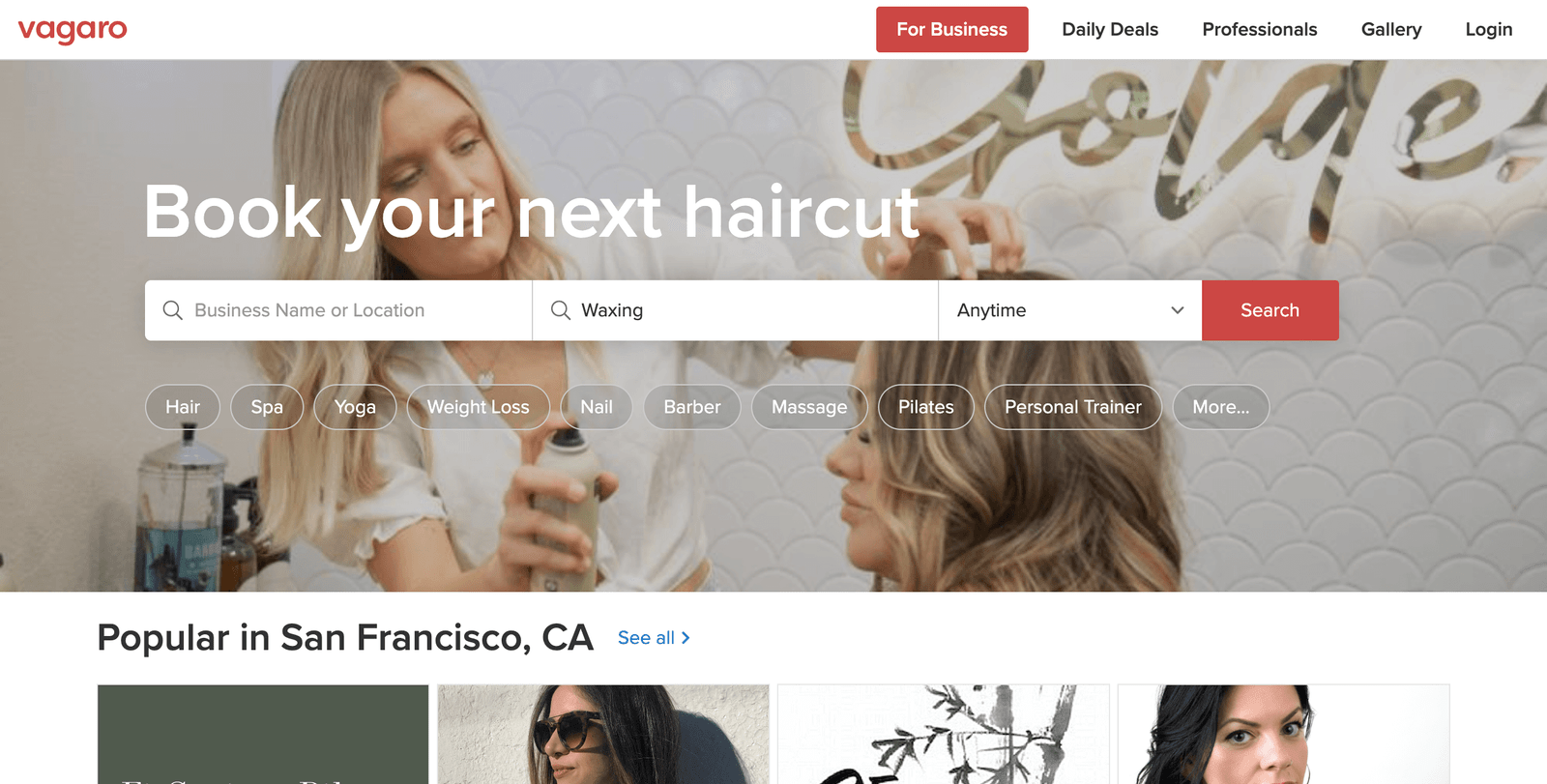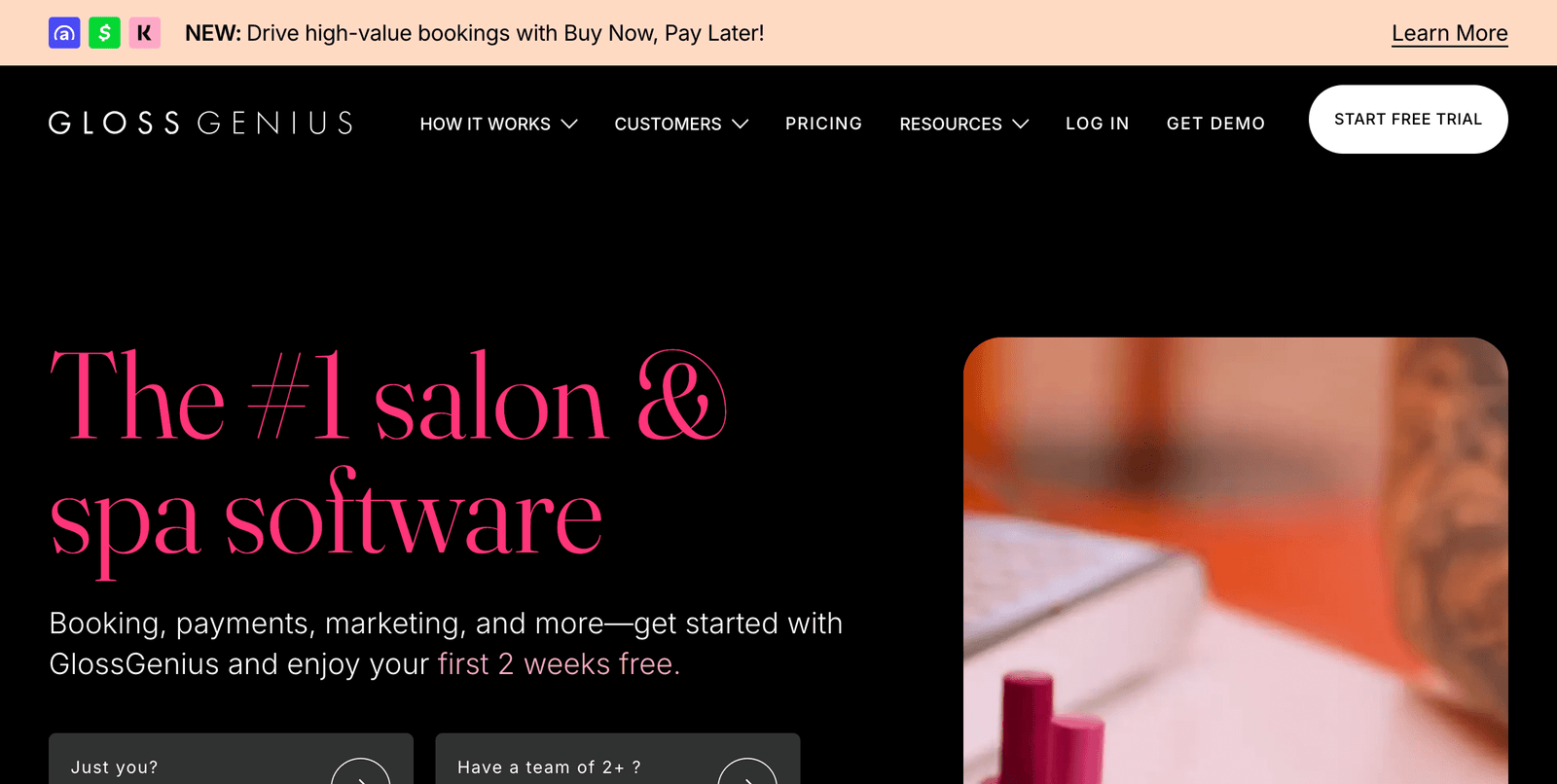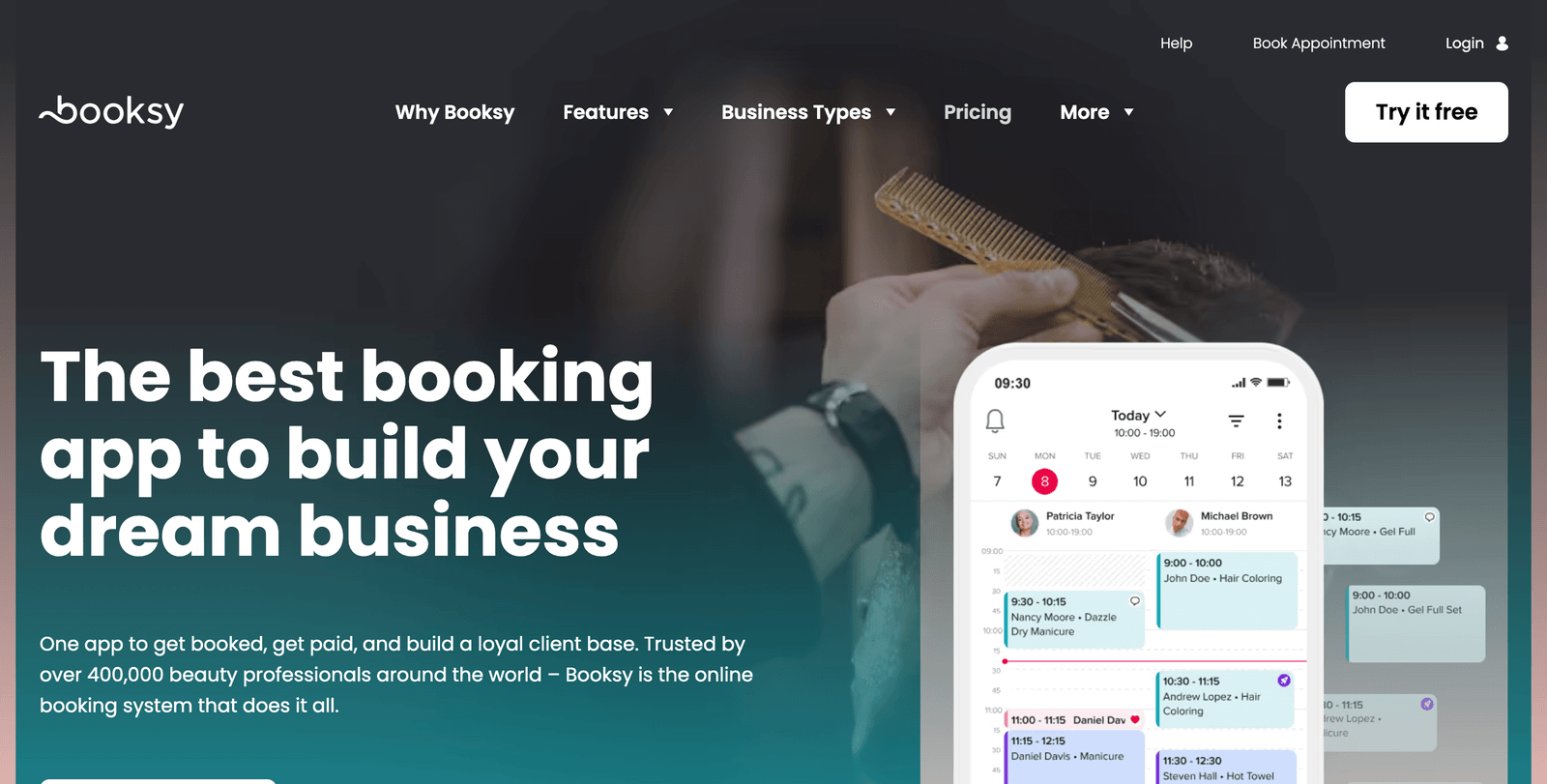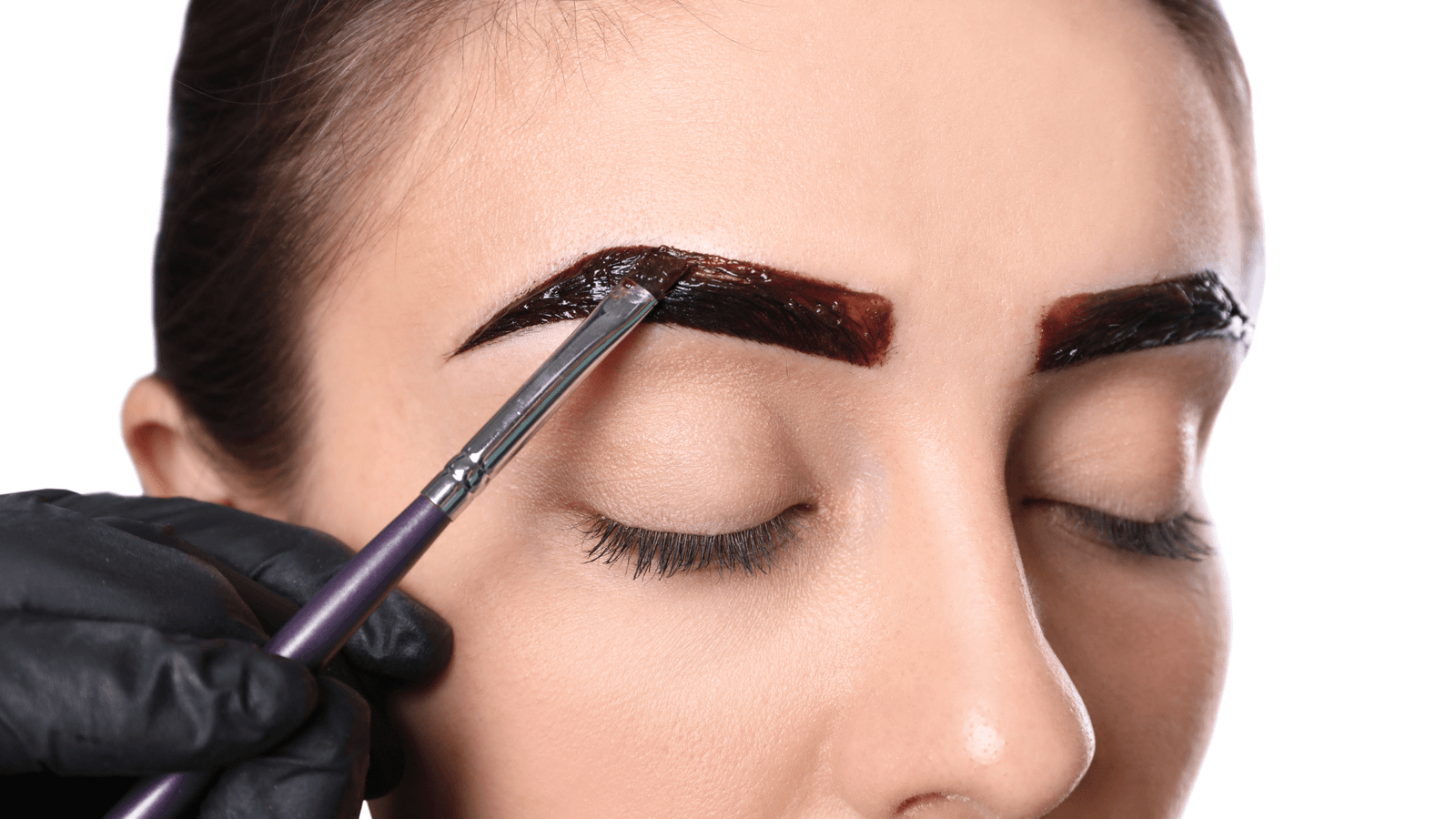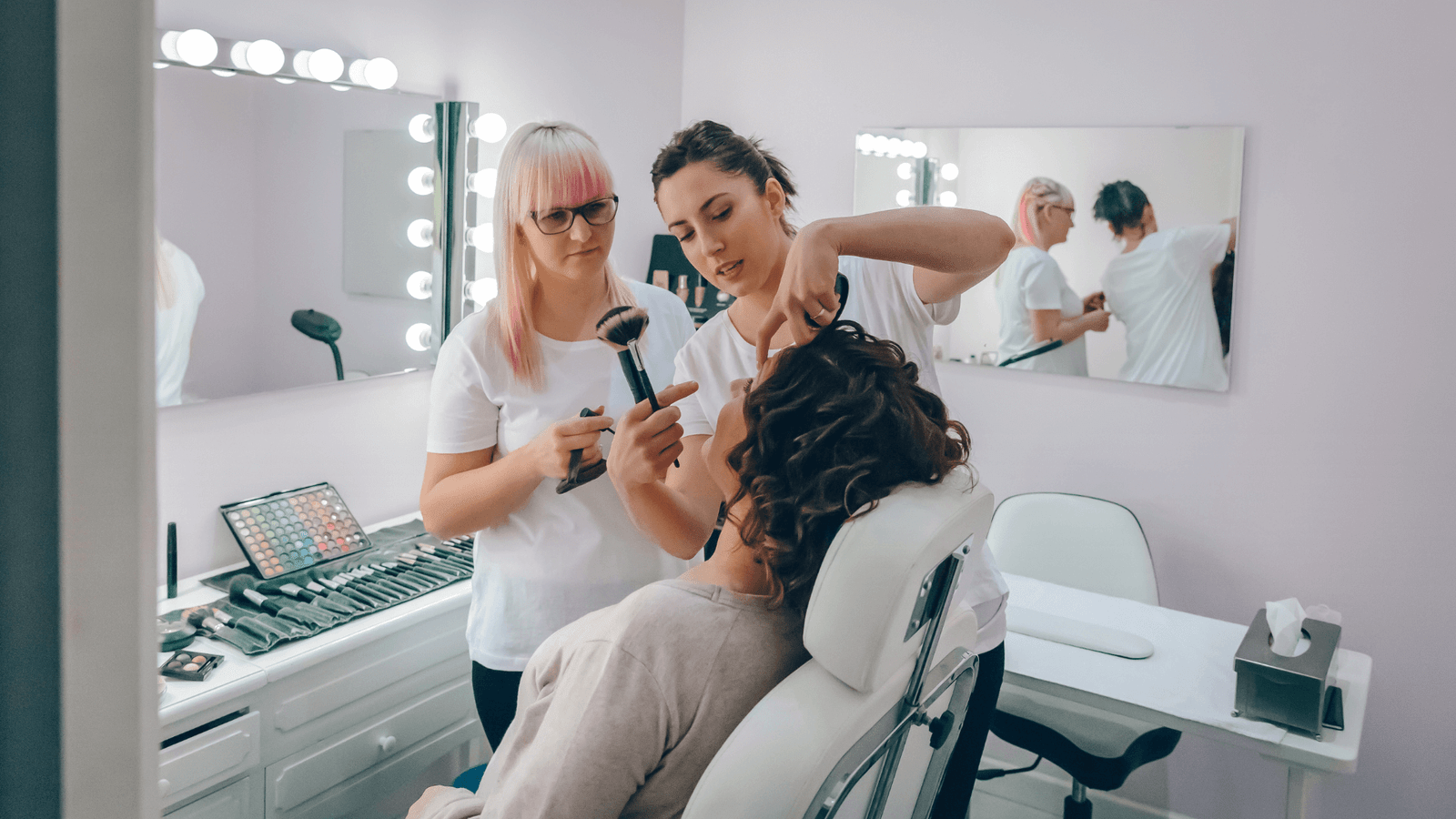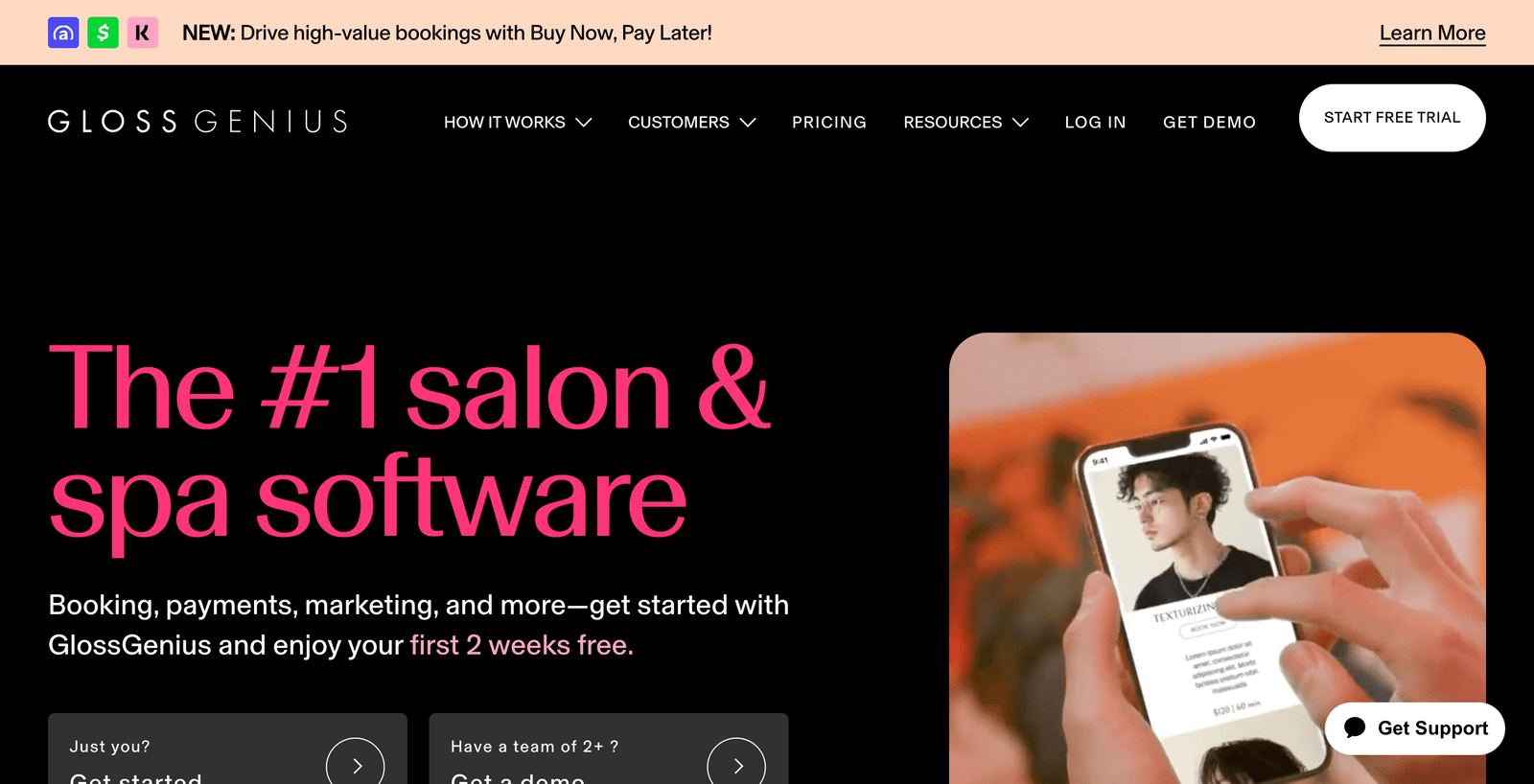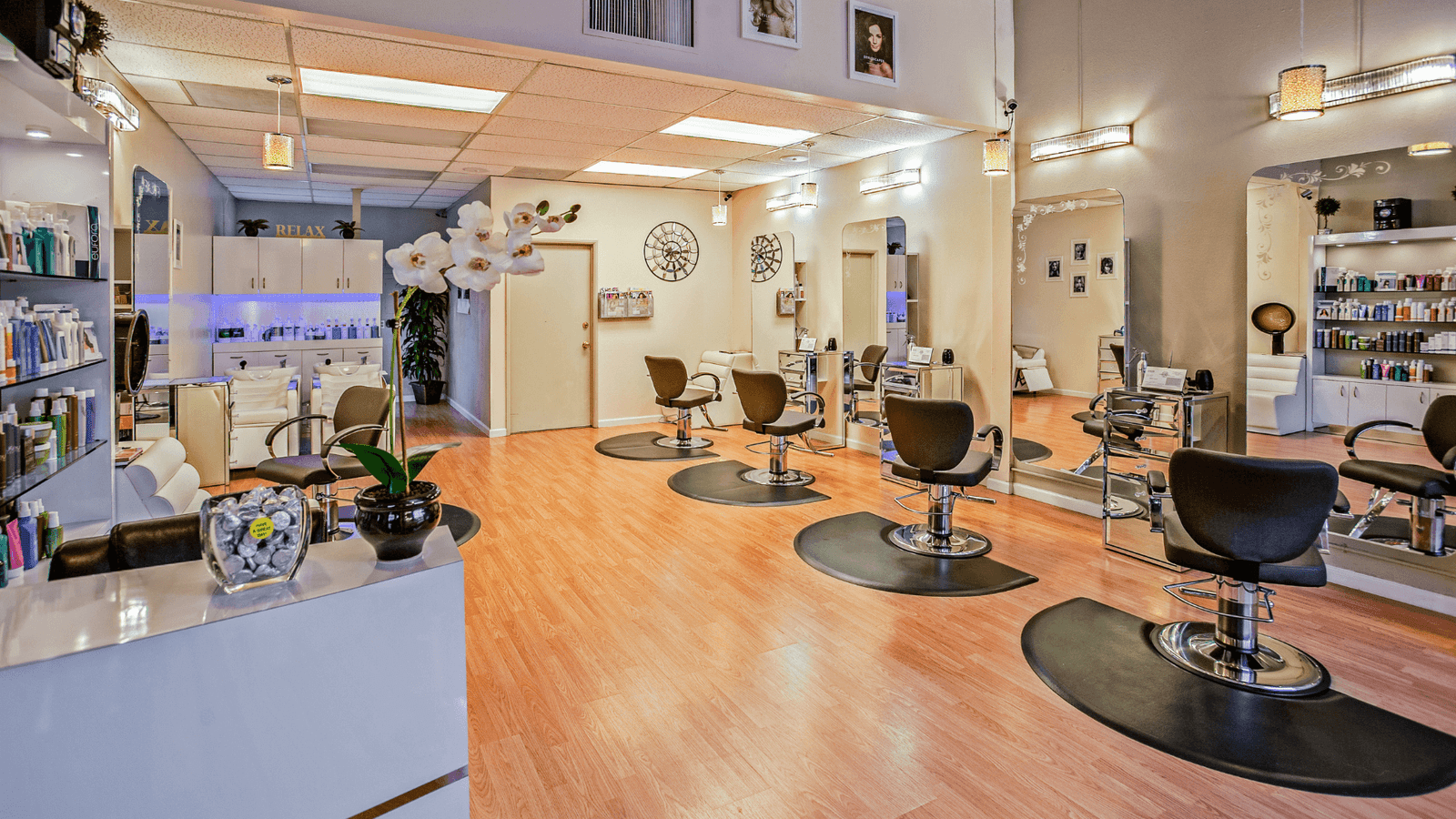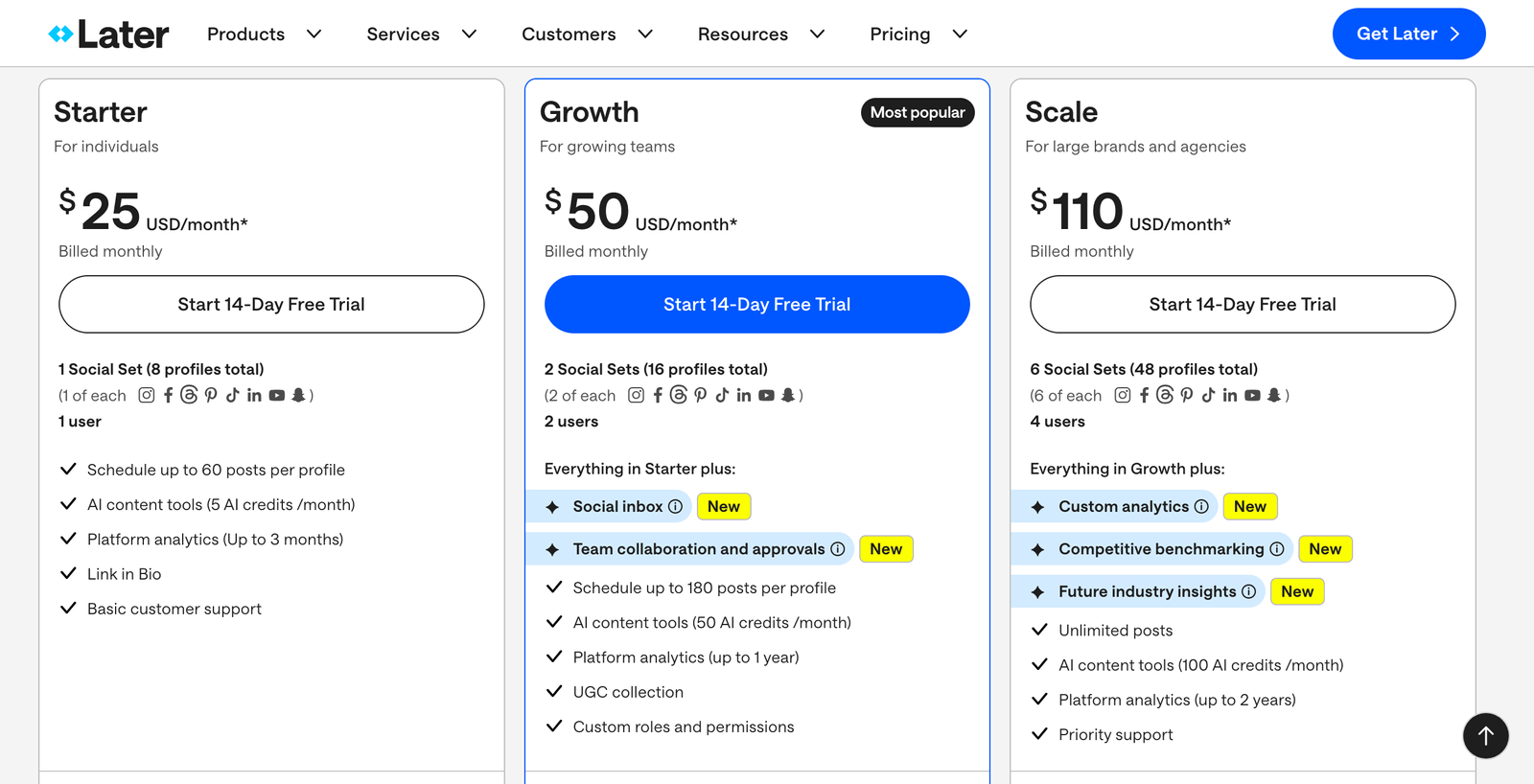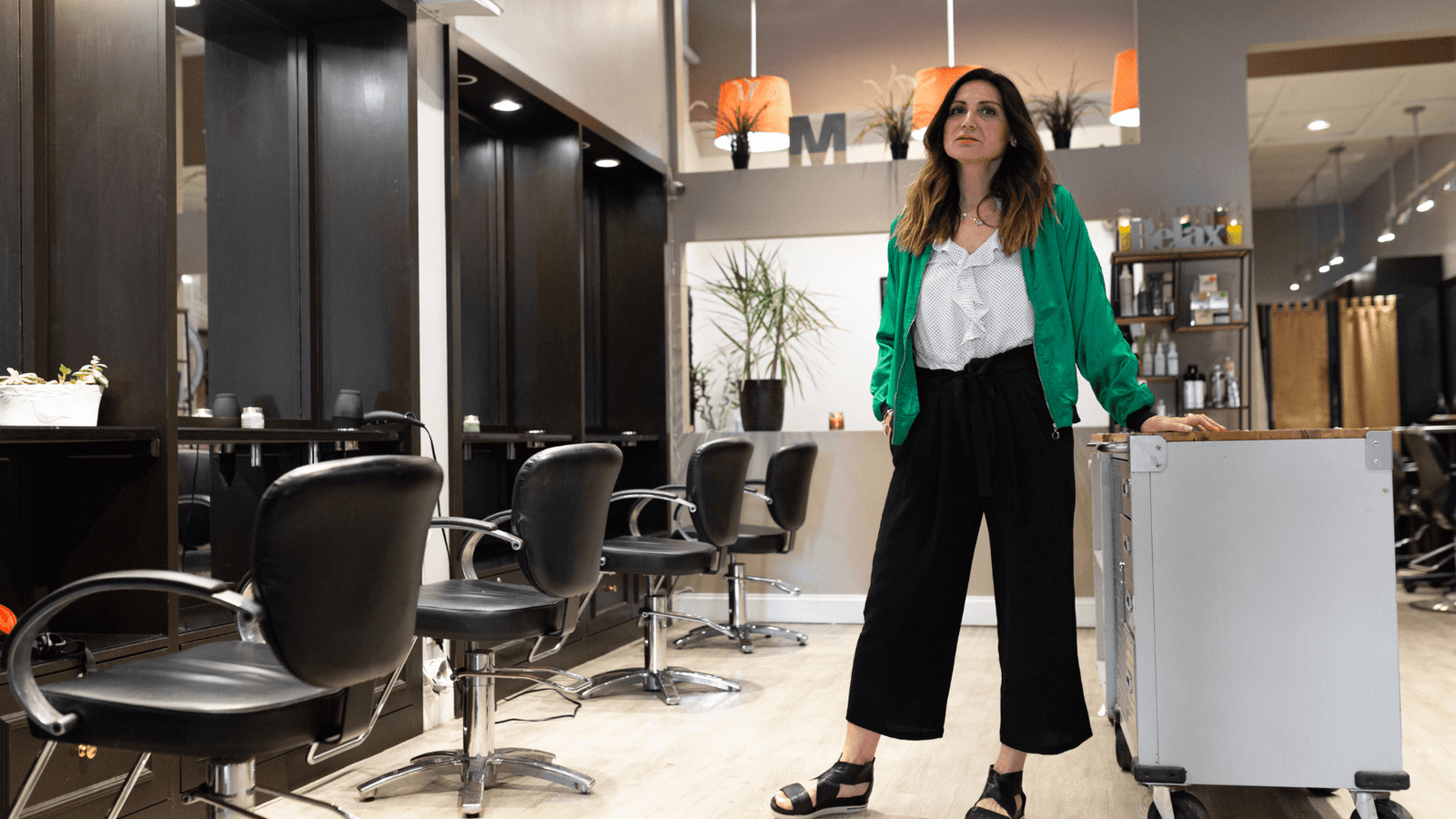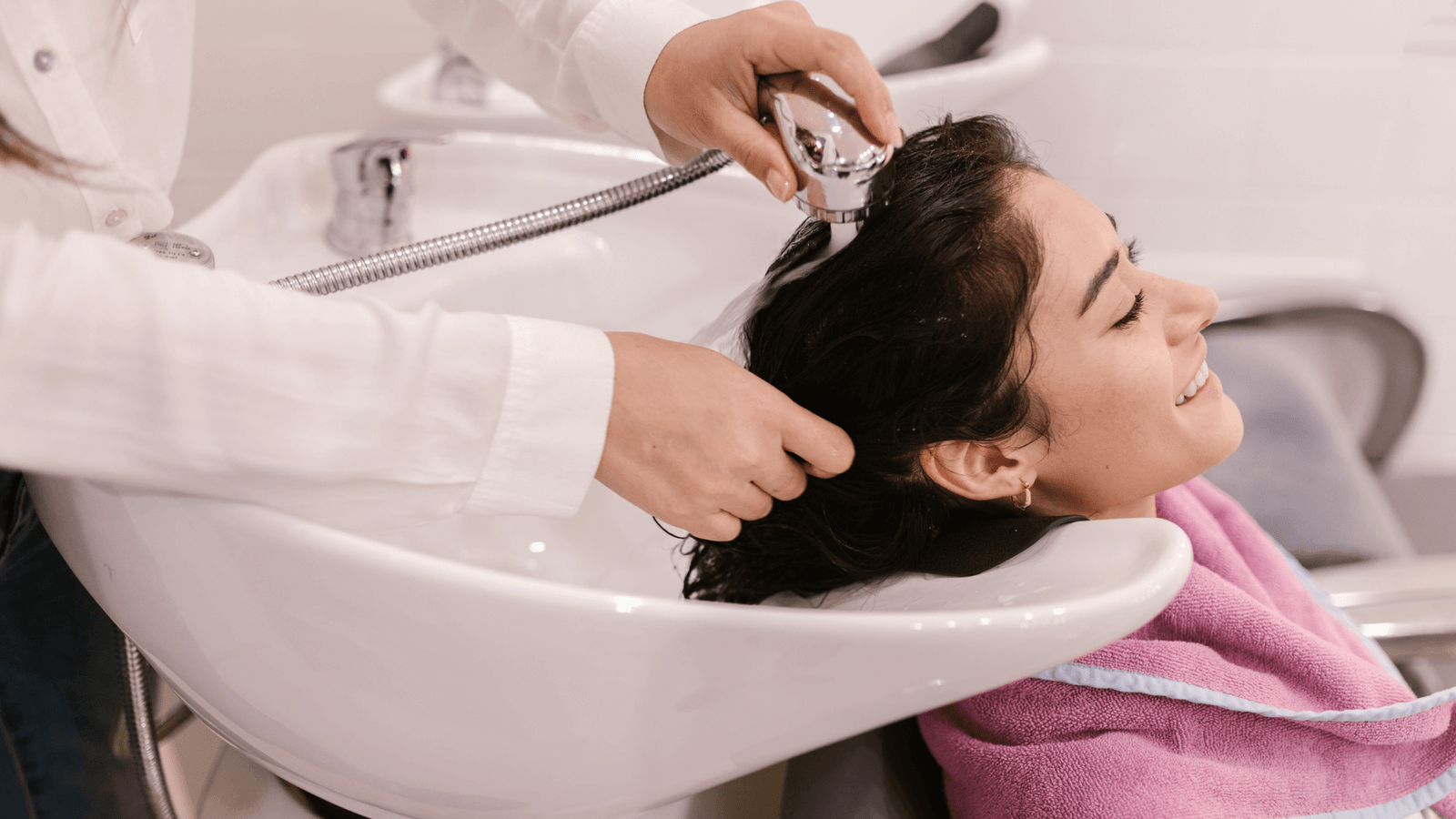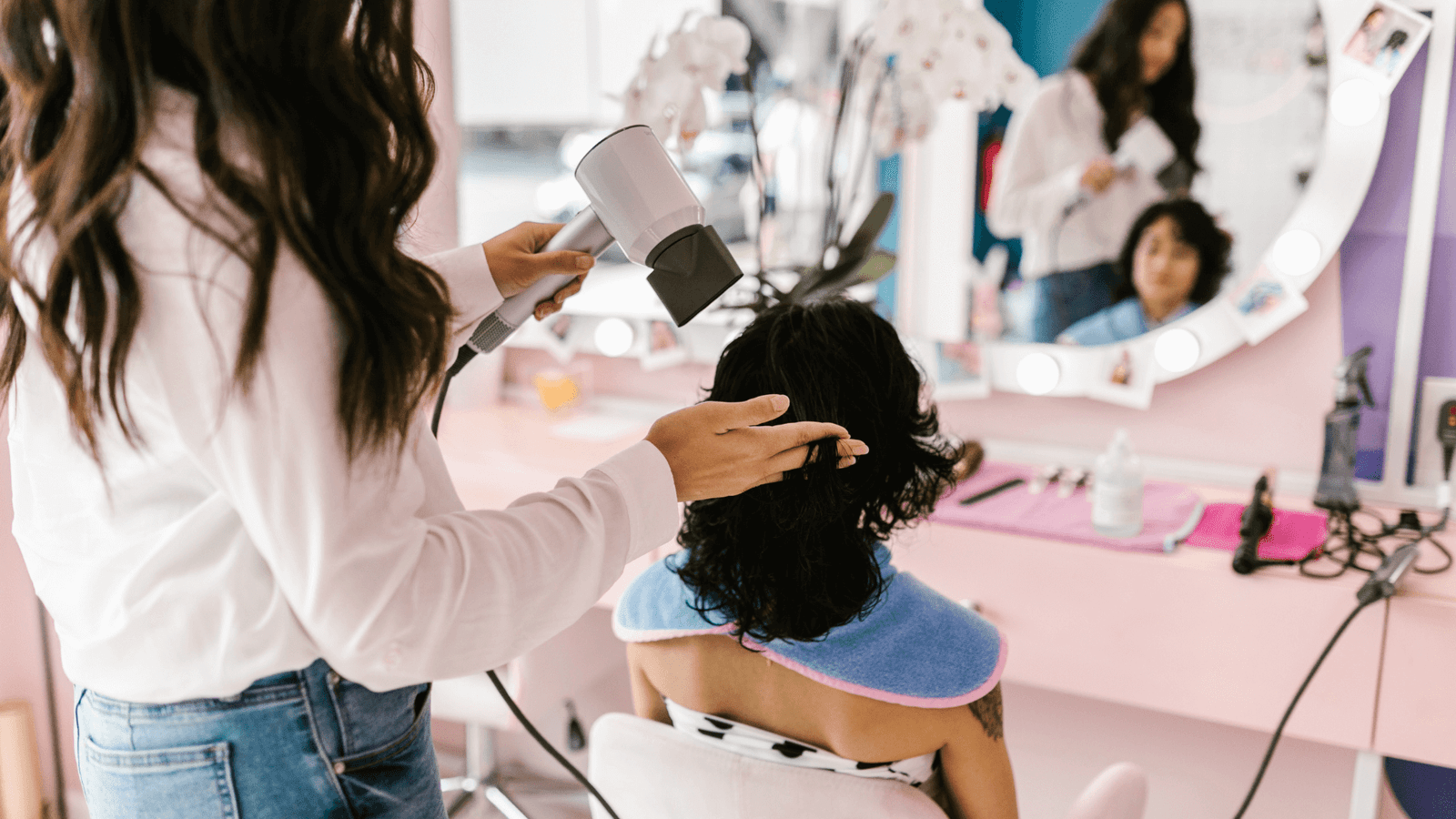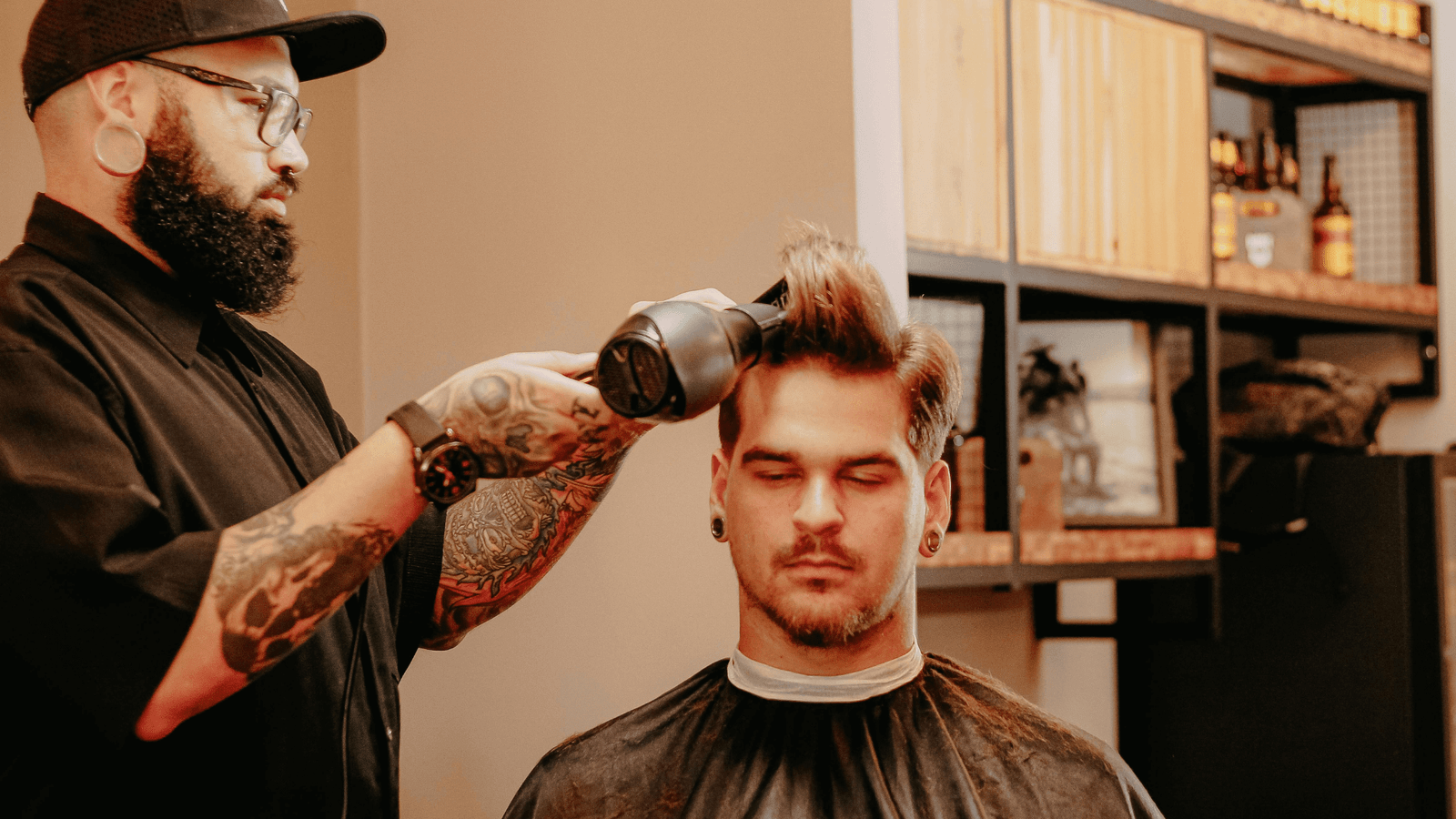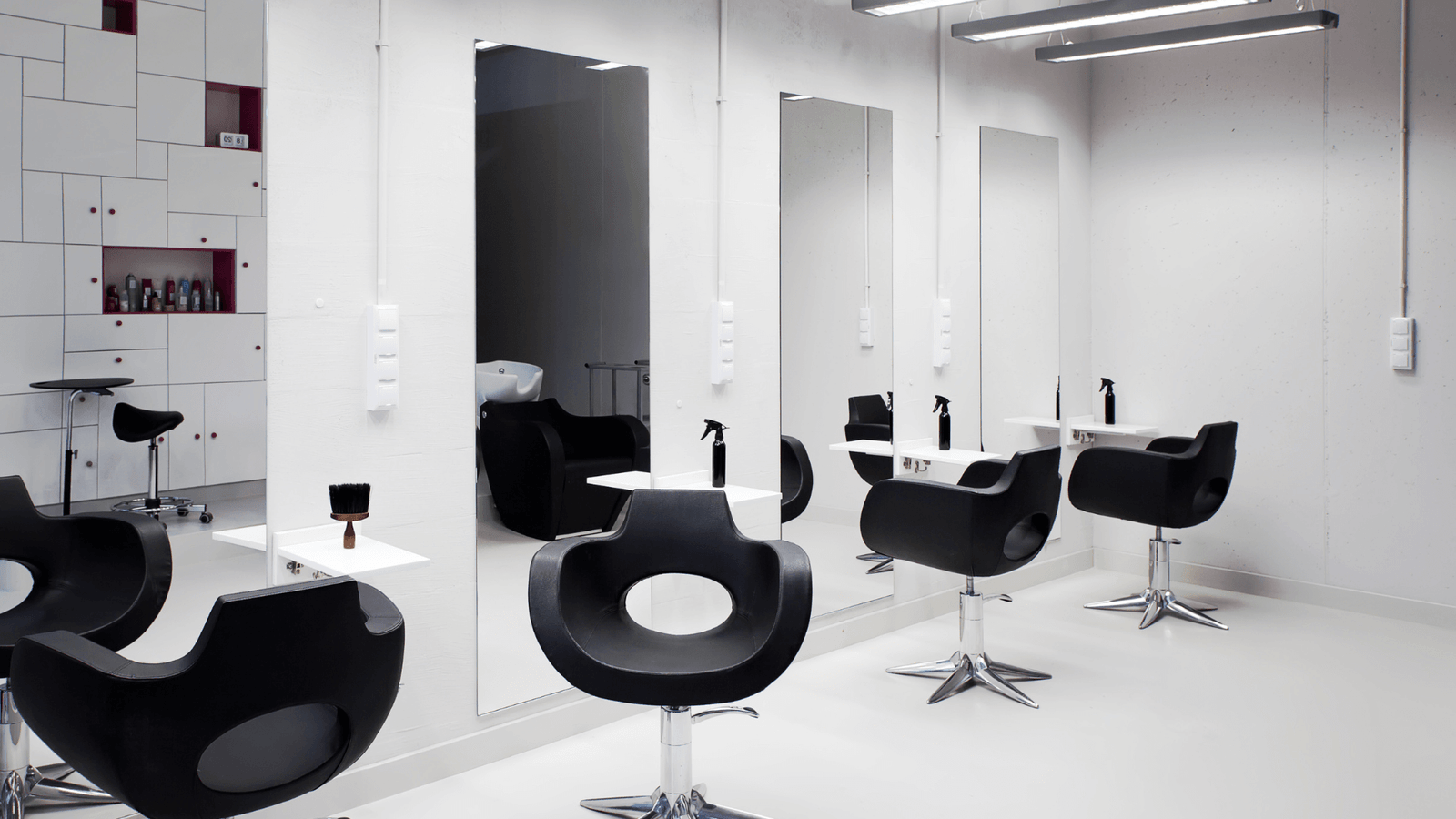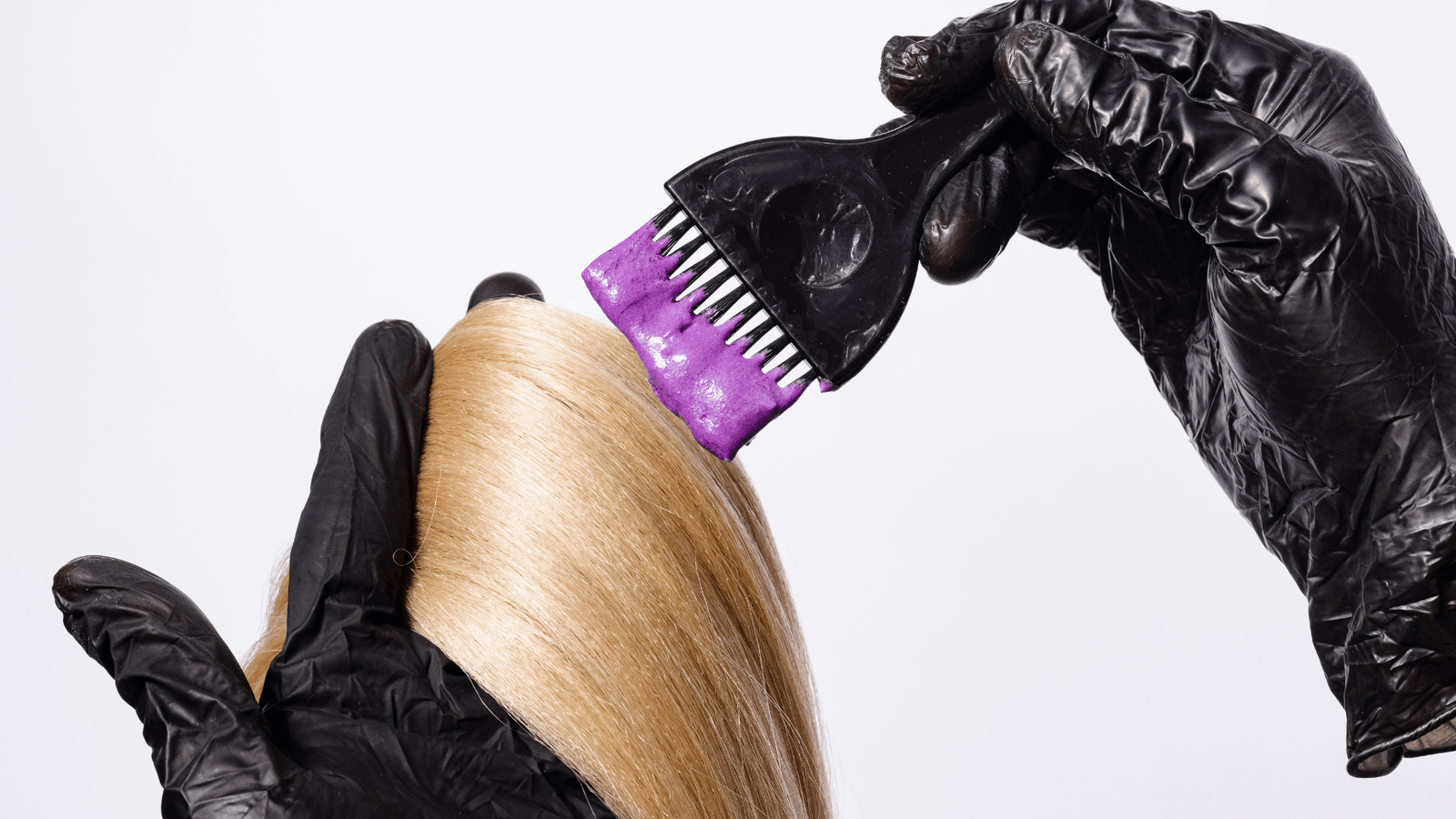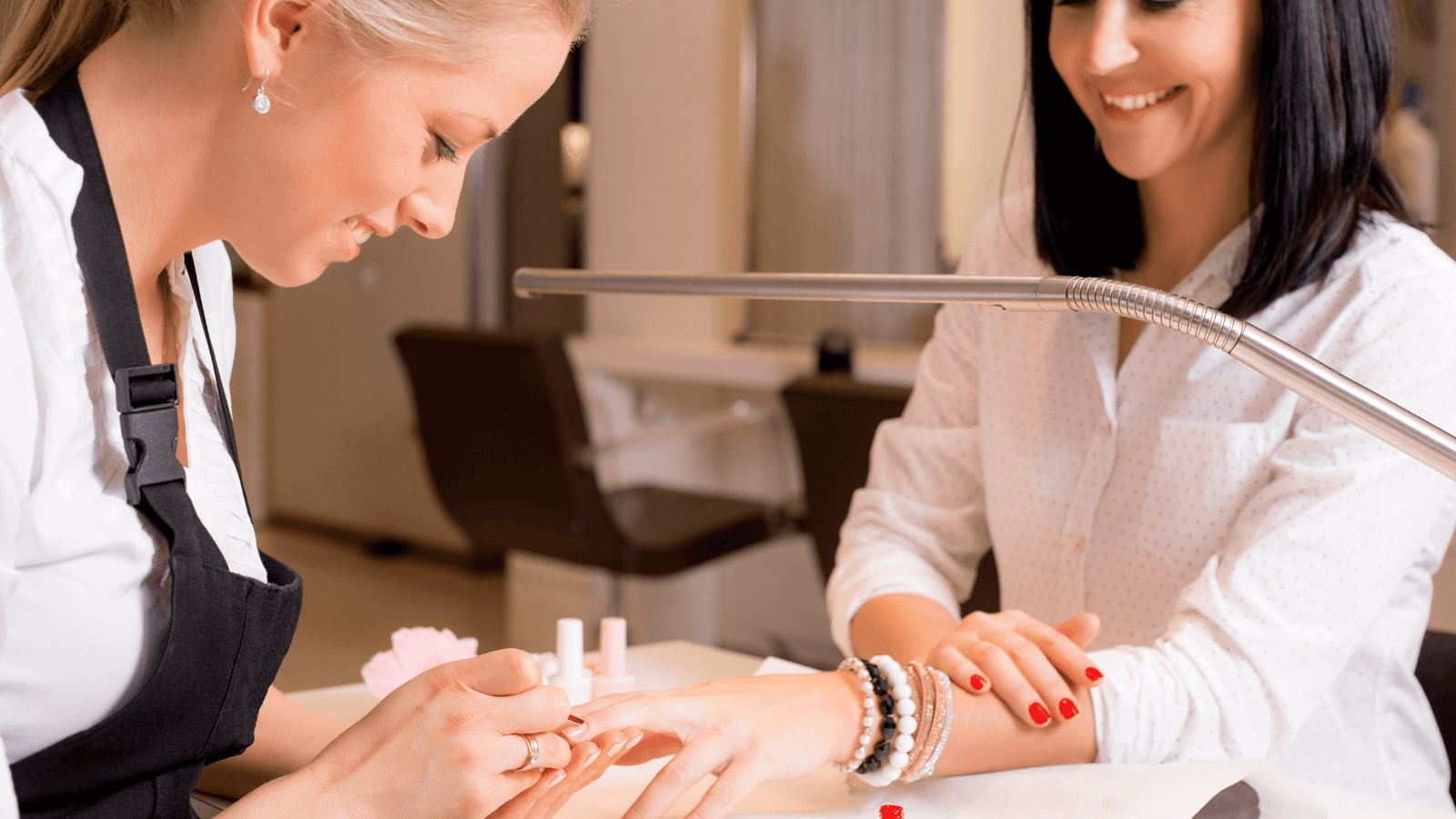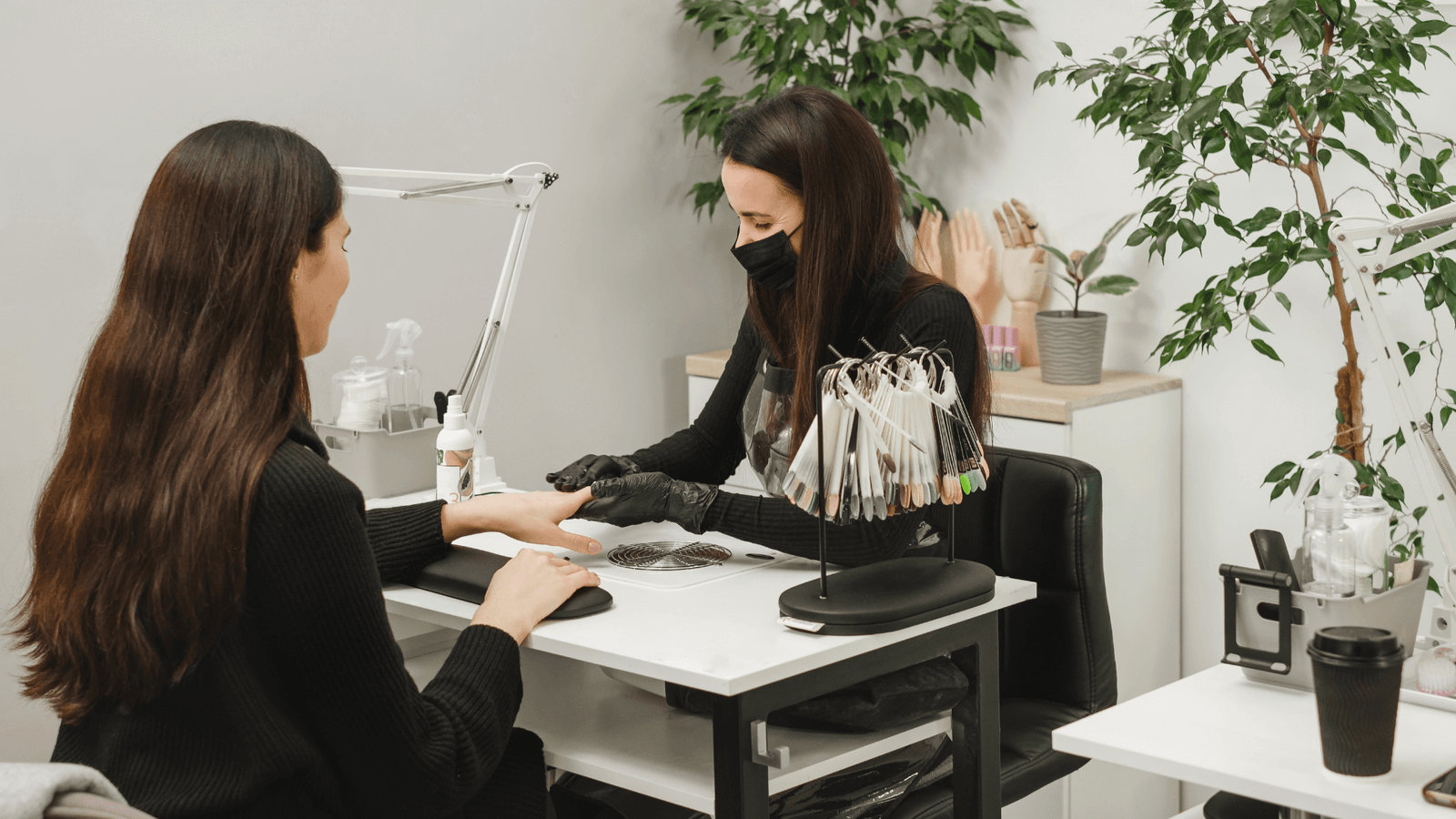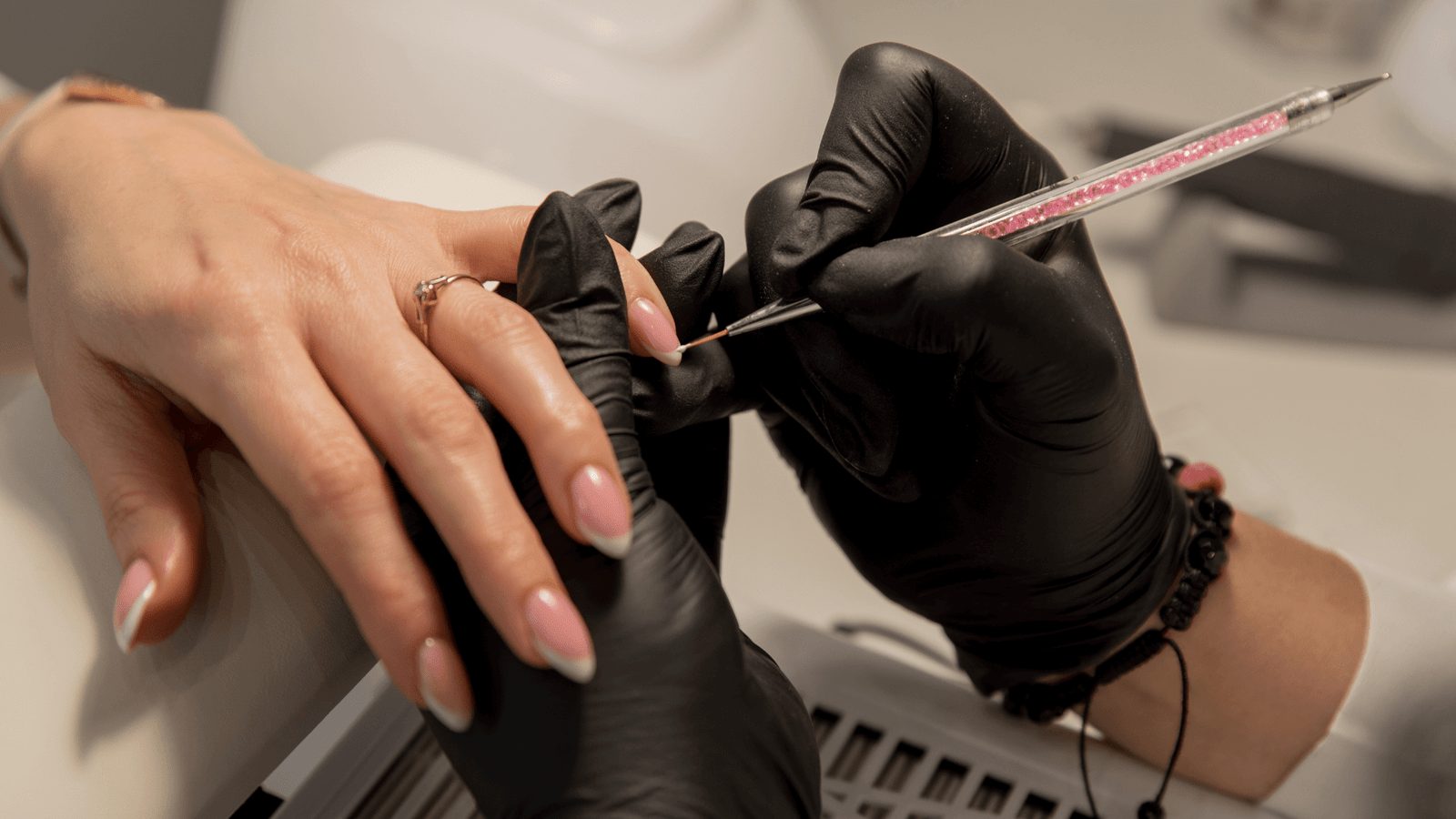Managing tips is a nightmare. Cash tips get lost in the shuffle. Credit card tips pile up in spreadsheets. And trying to split everything fairly between your team? That’s where most nail salon owners lose their minds.
But here’s what top-performing nail salons know:
If you have the right POS system with automated tip distribution tracking, you can eliminate the guesswork, reduce payroll stress, and keep your team happy.
Not by doing complex math every week, but by letting technology handle the calculations while you focus on growing your business.
The best nail salon POS systems with tip tracking help you do exactly that:
- Track every tip automatically, whether cash or credit
- Split tips fairly based on hours worked or custom rules
- Generate payroll reports with zero manual calculations
- Keep detailed records for tax compliance and staff transparency
These are the systems savvy nail salon owners use to run smooth operations where everyone gets paid correctly, on time, every time.
(And the staff retention that comes with it)
The best part?
These platforms work whether you’re a solo tech or managing a full team across multiple locations.
My Top Nail Salon POS Systems with Tip Distribution Tracking for 2025
- Square: Free to start with automated tip pooling and seamless payroll integration
- Mangomint: Premium solution with sophisticated tip tracking and beautiful client experience
- Zenoti: Enterprise-level platform with AI-powered tip management across multiple locations
Square
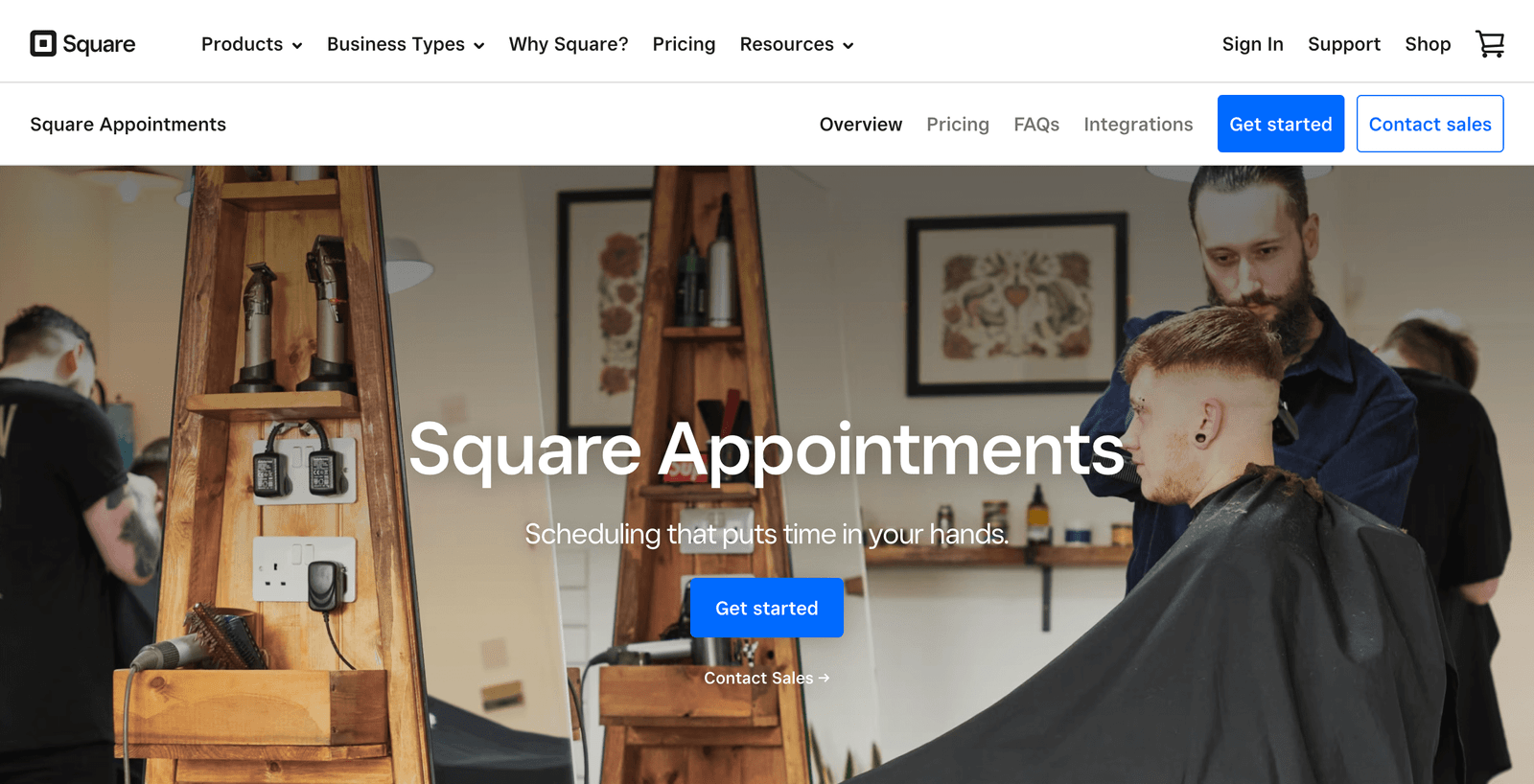
Best for nail salons wanting powerful tip tracking without the upfront costs
Pricing: Free to start; Square Payroll at $39 per month plus $6 per employee
Square has become the go-to choice for nail salons because of one simple truth: you can start using it today without spending a dime on software.
But don’t mistake “free” for “basic.”
Square’s tip tracking capabilities rival systems that cost hundreds per month. Here’s where Square really excels:
Automate Tip Pooling and Distribution
Square Team Management is designed to simplify tip pooling by making it automatic. With Team Plus, you’re able to choose your pooling method: Split tips across all team members clocked in at the time of the transaction or across employees based on hours worked.
This is huge for nail salons where multiple techs might work on the same client, or where you want to share tips between front desk staff and technicians.
For example:
Say your salon brings in $500 in tips during a shift. You have three techs who worked different hours. Square automatically calculates that Tech A worked 10 hours and gets $200, Tech B worked 7 hours and gets $140, and Tech C worked 8 hours and gets $160.
No spreadsheets. No arguments. No math errors.
Handle Both Cash and Credit Card Tips
Credit card tips are more straightforward because they enter your POS right away, but tracking your employees’ cash tips can be a little harder to wrangle. To make this easier, Square Payroll allows you to input cash tips manually. The system will calculate employee taxes for the appropriate tip amounts and withhold them from the employee’s paycheck.
This means you can track every tip, regardless of how clients choose to pay. The system handles all the tax calculations automatically.
Track Commission and Tips Together
With the commission tracking feature through Square Payroll, you can set commission rates (flat or tiered) for your employees, and the system will automatically calculate their earnings based on those rates.
If your nail techs earn both commission and tips, Square handles the complex math of combining both into accurate paychecks.
Pros & Cons
| Pros | Cons |
|---|---|
| Transparent pricing: No hidden fees, with plans starting at $0/month that includes a free booking calendar | Limited customization options compared to premium platforms |
| Import timecards and tips from Square POS to ensure accurate payroll runs | Payroll is an additional cost if you want full automation |
| Excellent mobile access for on-the-go management | Advanced features require upgrading to paid plans |
Square Alternative: Clover
Clover software is loaded with features that are particularly helpful for salon owners, including capabilities to manage employee shifts, measure employee performance through sales reports and offer customers tip options upon checkout.
However, Square typically offers better tip pooling automation and more transparent pricing. Clover can be more expensive once you factor in required hardware and monthly fees.
Mangomint
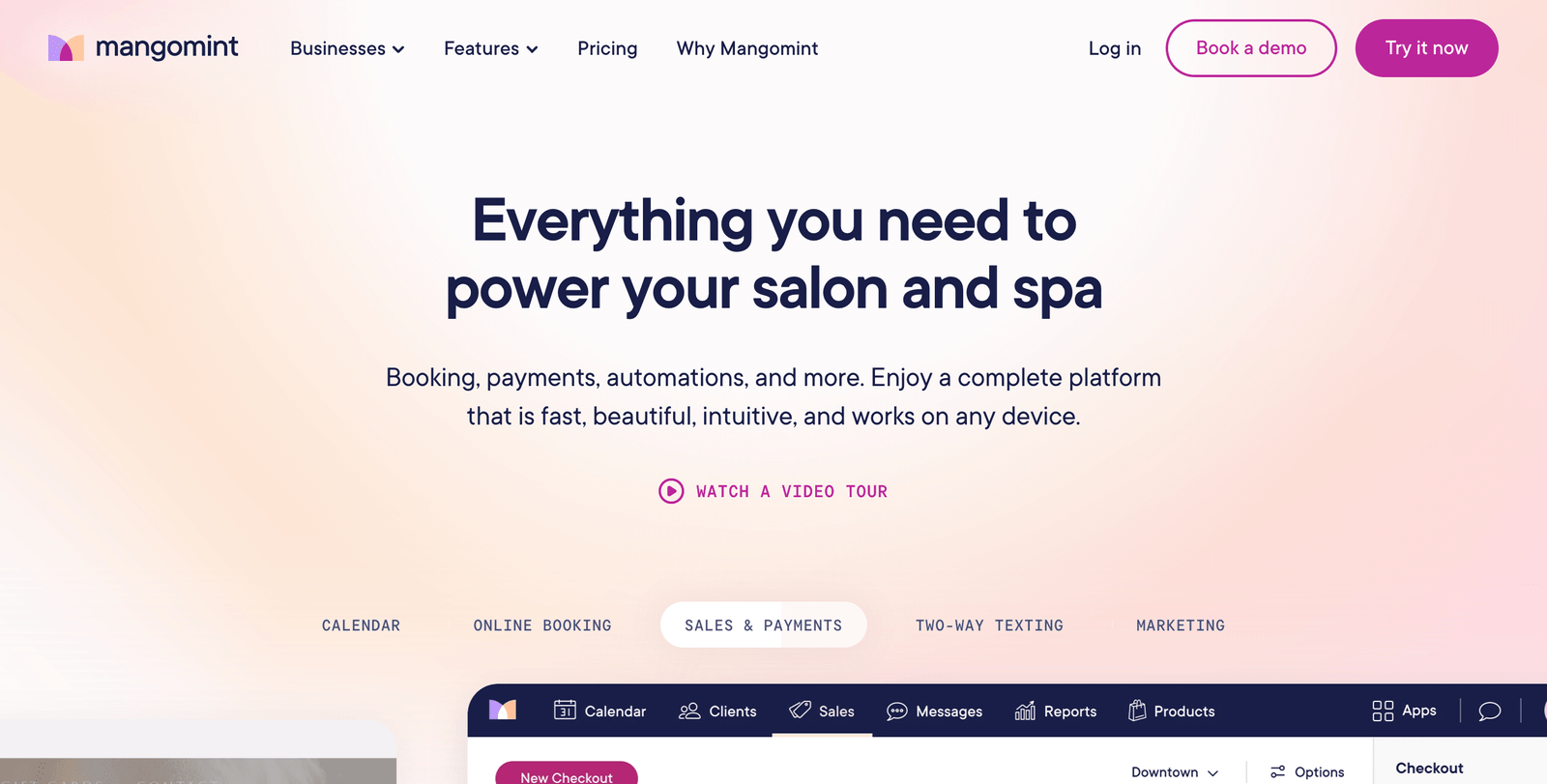
Best for growing nail salons that want premium tip tracking with beautiful design
Pricing: Starting around $79 per month; Payroll at $40 per month plus $6 per employee
Mangomint has earned its reputation as the “premium” choice in salon software. And when it comes to tip distribution tracking, they’ve built something really sophisticated.
But Mangomint isn’t trying to be the cheapest option.
They’re focused on being the best option for salons that want everything to work seamlessly. Here’s where Mangomint stands out:
Streamlined Tip Assignment and Splitting
Adding and Splitting Tips in Mangomint is designed to handle complex scenarios that nail salons face every day.
Maybe one tech does the manicure while another does the nail art. Or your front desk helps with retail sales that deserve a tip split. Mangomint lets you assign and split tips however makes sense for your business.
The system tracks which staff member performed which service, making tip allocation automatic and accurate.
Integrated Payroll Processing
Pay your employees and contractors on time — every time. No extra systems needed. We support multiple compensation types (hourly, salary, commission, tips) and unlimited payroll runs.
Mangomint’s payroll reports include revenue by staff member, total hours worked, commission amounts, product sales totals, tip totals, and all the information you need to run payroll.
This means your tip tracking feeds directly into payroll without any manual data entry. Everything happens in one place.
Beautiful Client-Facing Checkout
Our Front Desk Display and bluetooth card reader setup turns an iPad into a beautiful client facing screen where clients can pay, view their total, select a tip, add a signature, and choose how to get their receipt.
When clients see a professional, beautiful checkout experience, they’re more likely to tip generously. And those tips get tracked automatically.
Pros & Cons
| Pros | Cons |
|---|---|
| Mangomint is the highest rated scheduling software for hair salons, spas, nail salons | Doesn’t allow independent professionals to use the platform. Only teams |
| Modern, easy-to-use, interface and clean POS hardware | Higher entry-level price than many other salon & spa software |
| Sophisticated tip splitting for complex scenarios | Requires learning curve for full feature utilization |
Mangomint Alternative: Boulevard
Boulevard offers similar premium features with their own payment processing and tip management. However, Mangomint typically provides better customer support and easier setup for nail salon-specific needs.
Zenoti

Best for nail salon chains and large operations needing enterprise-level tip management
Pricing: Custom pricing starting around $300-600 per month (requires annual contract)
Zenoti is the heavy-hitter of nail salon software. If you’re running multiple locations or have complex tip distribution needs, this is where you’ll find the most sophisticated tools.
But Zenoti isn’t for everyone.
It’s built for nail salons that have outgrown simpler systems and need enterprise-grade capabilities. Here’s where Zenoti excels:
Advanced Multi-Location Tip Management
As a business tool, nail salon management software provides nail salon operators and managers with an interface to do things like confirm appointments, track inventory, arrange tip payouts, and run marketing campaigns.
If you have nail techs working across multiple locations, Zenoti tracks their tips and performance everywhere. The system maintains unified records so you can run payroll across your entire operation from one dashboard.
AI-Powered Analytics for Tip Optimization
Zenoti provides detailed analytics on tip patterns, helping you understand which services generate the highest tips and which staff members perform best.
This data helps you make smarter scheduling decisions and identify training opportunities to boost overall tip performance.
Complex Commission and Tip Structures
arrange tip payouts with unlimited customization options. Whether you have different tip-sharing rules for different services, or complex commission structures that change based on performance, Zenoti can handle it.
The system automatically applies the right rules to each transaction, ensuring accurate payouts every time.
Pros & Cons
| Pros | Cons |
|---|---|
| Zenoti is the top rated, best-in-class Salon, Spa, Medspa and Fitness Center platform available | you’re going to be locked into Zenoti for at least the next year, and you won’t be able to click a single button inside of the app until you sign that contract |
| Sophisticated multi-location tip and commission management | This is by far the most convoluted and confusing method of salon software pricing I have ever seen |
| AI-powered business insights and optimization | High cost and complex setup process |
Zenoti Alternative: Mindbody
Mindbody offers similar enterprise features for multi-location businesses. However, Zenoti typically provides better nail salon-specific features and more sophisticated tip distribution options.
Other Tools in Our Nail Salon Tech Stack
Managing tips effectively requires more than just POS software.
At our salon, we also use these tools to keep payroll running smoothly:
- QuickBooks Online for accounting integration and tax preparation
- 7shifts for advanced tip pooling when using Square POS
- TipHaus for complex tip distribution scenarios across multiple locations
- ADP for comprehensive payroll processing when integrated with POS systems
Wrapping up
The truth is, most nail salons are still using outdated methods for tip tracking. Spreadsheets. Manual calculations. Arguments about who earned what.
But the salons that are thriving in 2025? They’ve automated this process completely.
A good tip distribution system doesn’t just save you time. It builds trust with your team, ensures fair compensation, and creates the kind of workplace culture where talented techs want to stay.
Start with the platform that matches your current needs and budget. But choose one that can grow with you.
